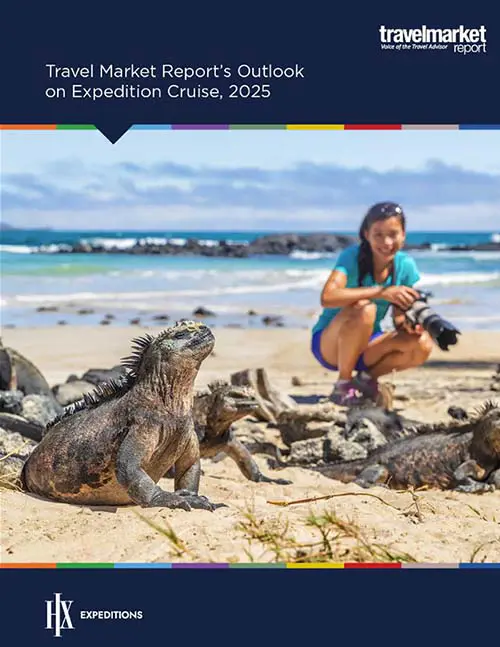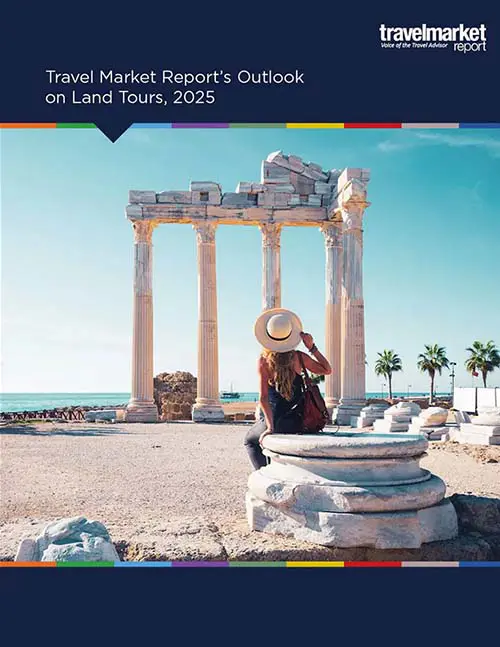How to Connect With Rich People Online
by Marilee CrockerSocial Media Tip #1: How to Connect With Rich People Online
Wealthy consumers love a bargain as much as the next guy, but bargain hunting is not what inspires the wealthy to interact with brands on social networks. For most people, the chance to receive deals and discounts lures them into connecting with brands online. But when moneyed people follow brands on social websites, it’s most often because they “love the brand” or want to keep up with brand news, according to research by the Affluence Collaborative. “For wealthy internet users, connecting with a brand is largely about the brand itself, not gimmicks and offers. Affluents need to see a consistent message that makes following a brand meaningful for self-expression, just like when buying a brand in real life,” according to a recent article on eMarketer.com.
Social Media Tip #2: Where to Find the Rich Online
Do you want to connect with the affluent online? Then log onto LinkedIn and Twitter. Those social sites are nearly twice as popular among the affluent as they are with the general population. For the general population, Facebook is the leading social network. Source: Affluence Collaborative, as reported in eMarketer.com
ASTA Goes Hollywood
ASTA has teamed up with Lifetime Television’s The Balancing Act, whose target audience is women, to create monthly features about vacation planning. The segments will showcase insights and advice from ASTA agents about different types of travel. “The first segments are geared toward answering the question about why use a travel professional, and letting people know that yes, travel agents are alive and well,” said ASTA president and chair Chris Russo, who appears in the first few episodes. “Even the host of the show, when I walked in, said, ‘I didn’t know there were travel agents anymore,’” Russo told Travel Market Report. The first segment airs on June 10 at 7 a.m., Eastern and Pacific times.
Responsible Travelers Neglect Due Diligence
Tourists may support responsible travel in principle, but most do nothing to ensure their vacation travel choices actually are responsible. In a survey of visitors to Costa Rica’s Osa Peninsula, a popular eco-destination, nearly two-thirds (62%) said traveling responsibly is “important” or “very important” to them. More than 80% said they want their hotels to be socially and environmentally responsible. But most – 73% – admitted they did nothing to confirm their hotel’s environmental practices, and 81% did not verify social practices. Source: Center for Responsible Travel (CREST)
Advice From a Pro: How to Win Customers for Life
“Agents need to be in the framework of ‘I’m trying to win customers for life.’ That means keeping in touch throughout the whole cycle of the relationship. Once I’ve made the booking, between the deposit and the final payment, keep getting them more invested and excited about the trip and what you can do for them. Keep giving them little tidbits. Come up with reasons to stay in touch. When I come back from my trip, follow up. When I’ve been back for a while, find different reasons to stay in touch. And be very aware of when they booked their trip. If they booked their summer vacation in November, then make sure that in November [the following year] you are there to book their next summer vacation.” – Jackie Friedman, president and general manager, Nexion
What’s Your Optimal Business Mix? Go 50-50
“A lot of business owners say, ‘I just focus on the consumer market, not the corporate market.’ There’s not an industry that I coach that doesn’t need a corporate and a consumer model – they need both. The corporate takes a lot more time to get, but there’s more consistent cash flow. The onesy-twosy, once-a-year vacation folks aren’t the ones who are going to sustain revenue [for agents]. It’s the ongoing business traveler, the entrepreneur.” – Loral Langemeier, business coach and motivational speaker
Splinternet: A Marketer’s Nightmare in the Making
You know all those web-connected gadgets we love – our iPads, Androids, Kindles, Blackberries and the like? They are the “splinternet,” and if you’re a marketer, the splinternet is not your friend. The problem is that these new devices use varied, incompatible formats, and that means that one-size-fits-all Web-based marketing no longer works, says Forrester Research executive Josh Bernoff. The fact that the web has been standardized for 15 years “has been really helpful for marketers. You can get people through Google; you set up a website, and it’s all connected,” Bernoff, senior vice president, idea development, told Travel Market Report. “Now we have all these incompatible devices – and social networks like Facebook that Google can’t see. That will change the way marketing works.” In other words, Bernoff wrote in a blogpost, “the golden age of the Web is coming to an end.”
This Client Is Happy to Pay for His Agent’s Services
“My travel agent does a great job. I have a choice many times of going online and booking my ticket for an airline or calling her and paying a fee. Now why would I want to pay a $30 fee? Well, the reason is when I’ve got a problem, I know I can call her and she’ll get it taken care of faster [than an airline]. And, she knows me. We don’t have to go through the same things every single time, like what’s my seating preference. All that is part of that relationship.” – Shep Hyken, author, The Amazement Revolution
When Loyalty Goes Unredeemed
Consumers are leaving billions of dollars in loyalty rewards on the table – $16 billion, to be exact. That’s a third of the $48 billion in consumer loyalty reward points that are dispensed each year. For the average household that’s active in loyalty programs, that translates to $205 worth of unredeemed rewards, according to a study by the firms Colloquy and Swift Exchange. Marketers should encourage customers to redeem awards, because doing so fosters customer engagement and long-term customer relationships, says Kelly Hlavinka, Colloquy managing partner. Travel and hospitality is the second-largest provider of consumer rewards (behind financial services), issuing $17 billion a year. Source: 2011 Forecast of U.S. Consumer Loyalty Program Points Value, Colloquy and Swift Exchange


























